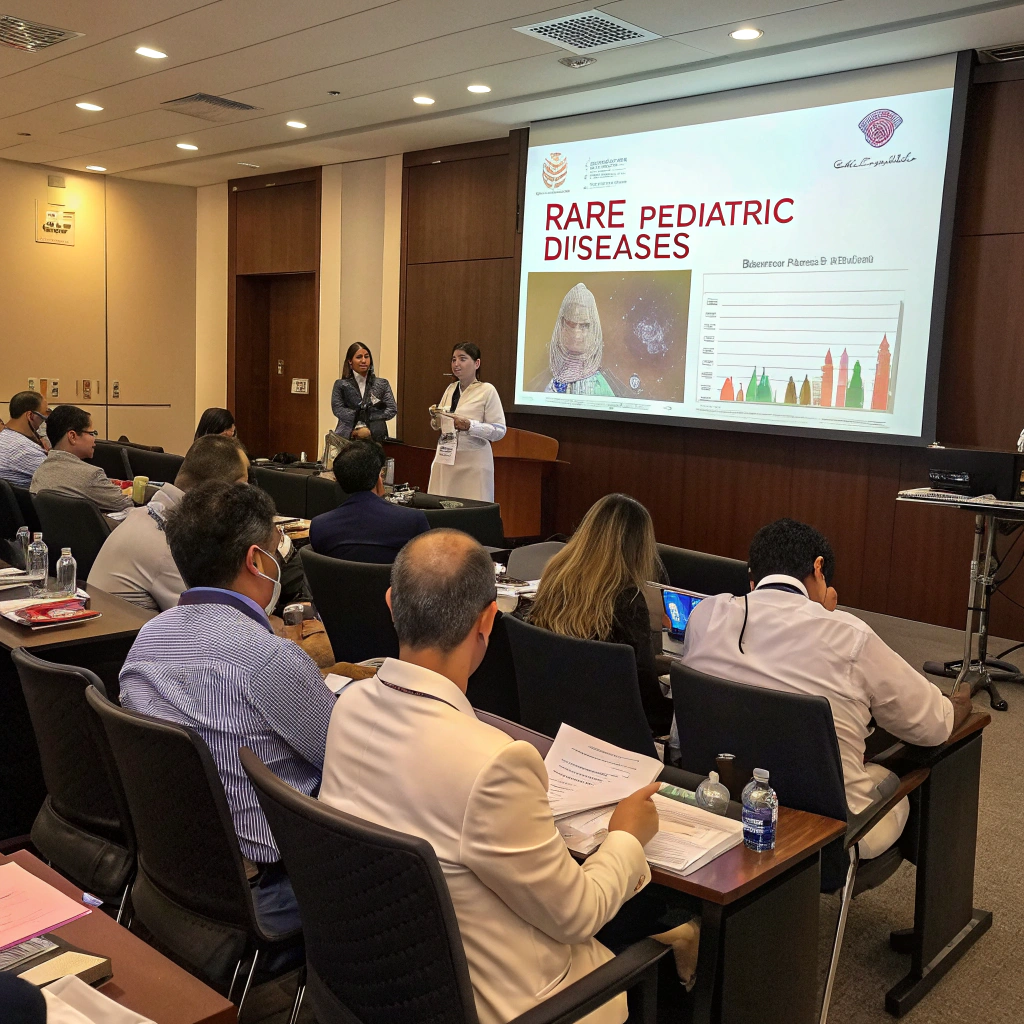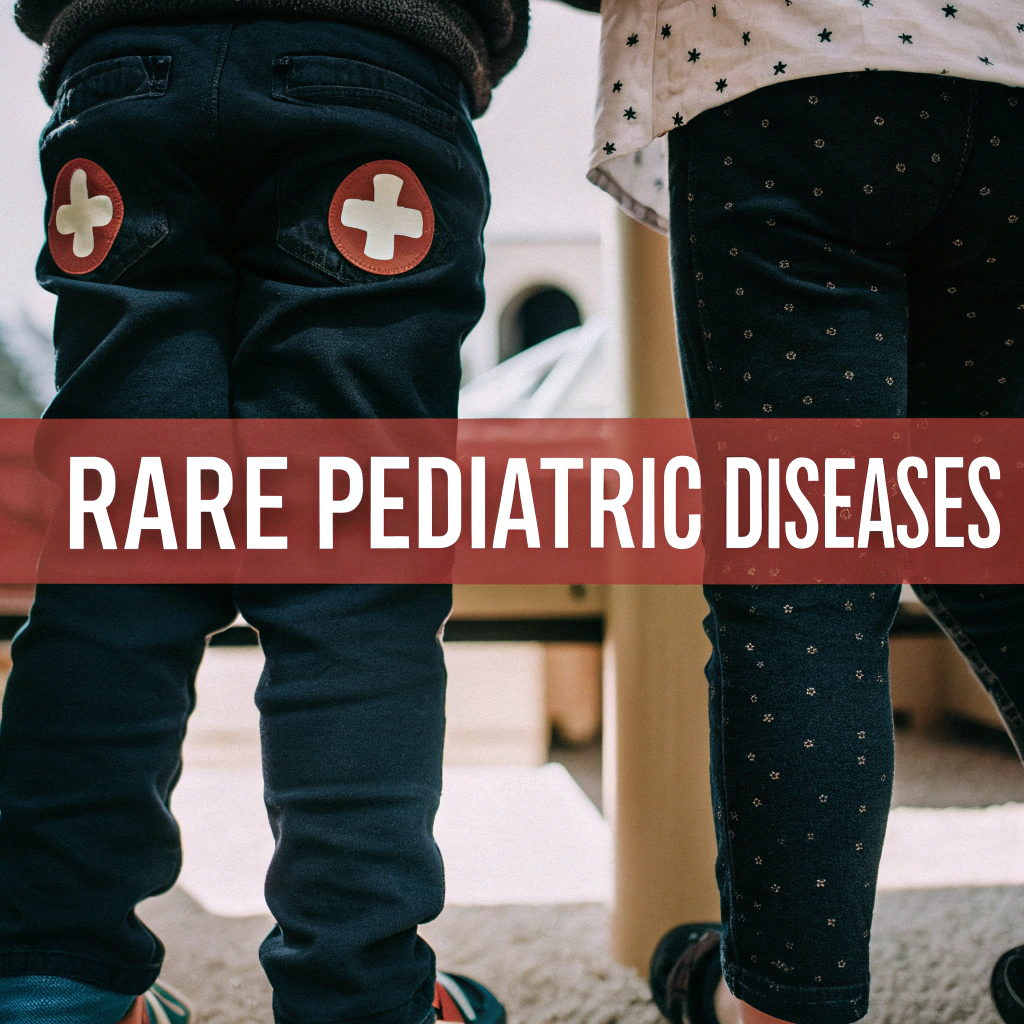Rare pediatric diseases affect a small percentage of children but often have significant impacts on their lives and families. These conditions can be challenging to diagnose and manage, requiring specialized care and attention. This guide explores rare pediatric diseases, offering insights and resources to help parents and professionals better understand and support children facing these unique health challenges.
Rare Pediatric Diseases: A Guide for Parents & Professionals
Rare pediatric diseases affect a small subset of children, often posing significant medical, emotional, and logistical challenges for families and healthcare providers alike. These diseases, defined as conditions affecting fewer than 200,000 people in the U.S., require specialized care and significant advocacy to ensure children receive the best possible support. This guide dives into the complexities of rare pediatric diseases, offering essential insights for parents and professionals.

1. Understanding Rare Childhood Illnesses
Rare pediatric diseases are a diverse group of conditions, ranging from genetic disorders and metabolic conditions to rare cancers and autoimmune diseases. Examples include:
- Duchenne Muscular Dystrophy (DMD): A genetic disorder causing progressive muscle weakness.
- Cystic Fibrosis (CF): A condition affecting the lungs and digestive system due to mucus buildup.
- Spinal Muscular Atrophy (SMA): A genetic disorder impacting muscle strength and mobility.
Many of these diseases present symptoms early in life, such as delayed milestones, frequent infections, or developmental irregularities. However, due to their rarity, these symptoms are often misdiagnosed as more common conditions, delaying proper treatment.
Why Early Detection Matters?
Early diagnosis can lead to better outcomes by enabling targeted interventions such as genetic therapies, physiotherapy, or dietary modifications. For instance, early use of medications like Spinraza for SMA has significantly improved life expectancy and quality of life for affected children.
Parents are often the first to notice subtle signs of these diseases. Their persistence in seeking answers is critical, as some conditions require specific genetic or biochemical testing to confirm a diagnosis.

2. Challenges Faced by Families and Professionals
Caring for a child with a rare disease can be overwhelming for families. They often encounter:
- Delayed diagnoses: Rare diseases are not always well-known, even among healthcare professionals.
- Limited treatment options: Many conditions have no cure, and treatment is focused on managing symptoms.
- Emotional and financial stress: Families may struggle with the costs of care and the emotional toll of supporting their child.
Healthcare professionals also face challenges, including limited resources and a lack of extensive research on rare pediatric diseases. Collaborative networks and ongoing education can help bridge these gaps.
3. Resources and Support for Rare Pediatric Diseases
Support networks and resources are essential for families and professionals dealing with rare pediatric diseases. Here are some valuable resources:
- Patient advocacy groups: Organizations like Global Genes and the National Organization for Rare Disorders (NORD) offer education, support, and funding.
- Specialized clinics: Rare disease clinics and genetic counselors provide targeted care and treatment plans.
- Community support: Online forums and local groups can connect families with others facing similar challenges.
For professionals, staying informed through continuing education and participating in rare disease research initiatives can help improve care standards.
Conclusion
Rare pediatric diseases present unique challenges for families and healthcare professionals, requiring early diagnosis, specialized care, and a strong support system. While these conditions can feel overwhelming, advances in medical research, increasing awareness, and the efforts of advocacy groups are paving the way for better outcomes and brighter futures.
For parents, staying informed and seeking connections within the rare disease community can make a significant difference in managing these conditions. For professionals, ongoing education and collaboration are vital to providing high-quality, patient-centered care.
Together, we can create a more inclusive and supportive environment for children with rare pediatric diseases, ensuring they receive the care and resources they deserve while fostering hope for future innovations and breakthroughs.

